The month of June brings many reasons to celebrate—for some, it is the delight of the first rainfall, and to some, it is the cool breeze that fights the heat waves. But along with these, June also brings celebratory fervour as it kickstarts Pride Month across the world.
Let us explore why we celebrate Pride Month and the symbolism of Pride by looking at some significant events in the history of the LGBTQIA+ community.
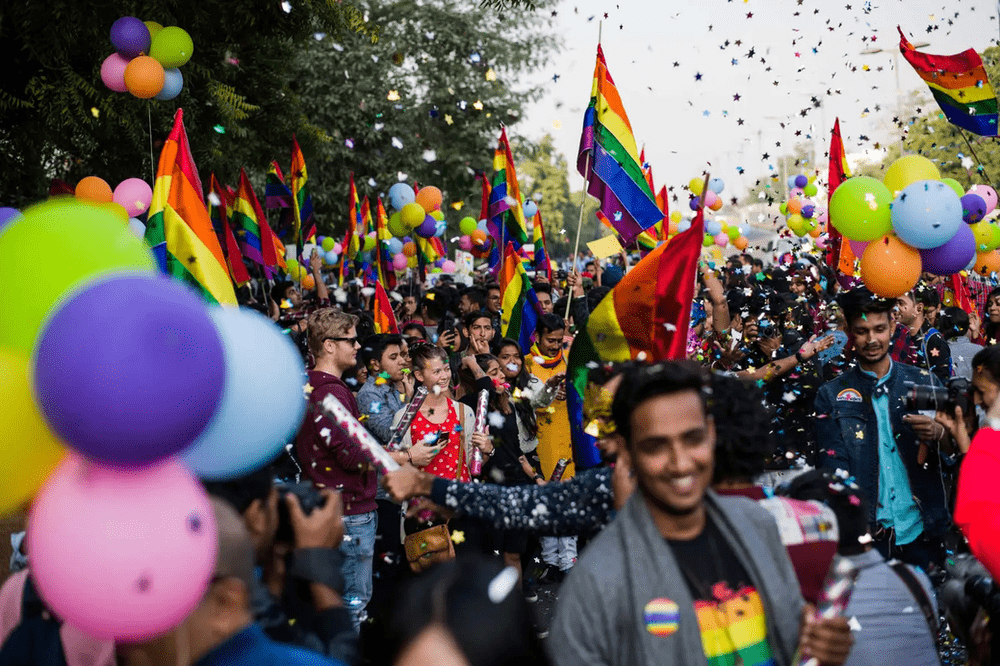
Why is Pride Month celebrated in the month of June?
Well, it is a commemoration of the very first uprising of gay rights. It was on June 28th, 1969 that a gay bar in Greenwich Village, the Stonewall Inn was raided by the police. A place where many found refuge and the capacity to embrace their true identity – this was a safe haven for the gay community. But during the 28th July raid, rather than scattering away, people joined forces and stood up for their rights, to fight the discrimination and humiliation they faced. What might surprise you is that during the 60s, when we didn’t have the internet or a real mode of communication to gather a group – this uprising successfully garnered attention, and by the 5th day there was a huge crowd on the streets of Greenwich Village fighting for their rights.
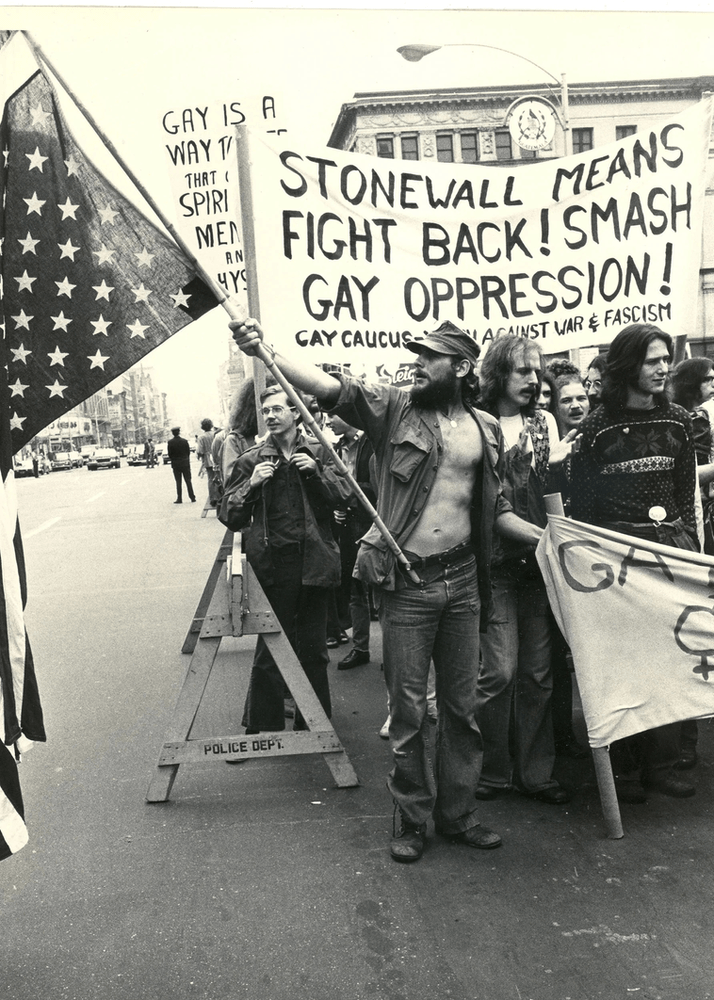
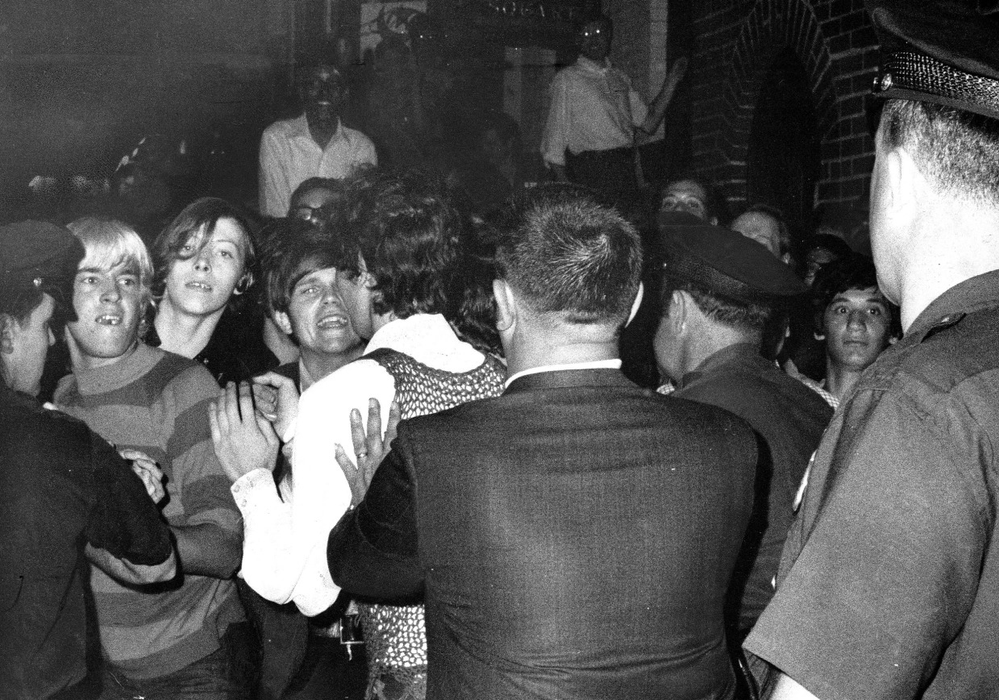
The photographs from this day speak for themselves. They exemplify the passion of the community and the rebellion, which finally showed the world that they existed and their rights are as important as every other citizen’s. Many believe that it was from here that gay rights activism truly came into the limelight. A year later, on the first anniversary of the Stonewall riots, the world witnessed the first Pride parade on the streets of Christopher Street, Greenwich Village. The crowd gathered was a symbol of the number of people who were coming out of the closet and their allies.
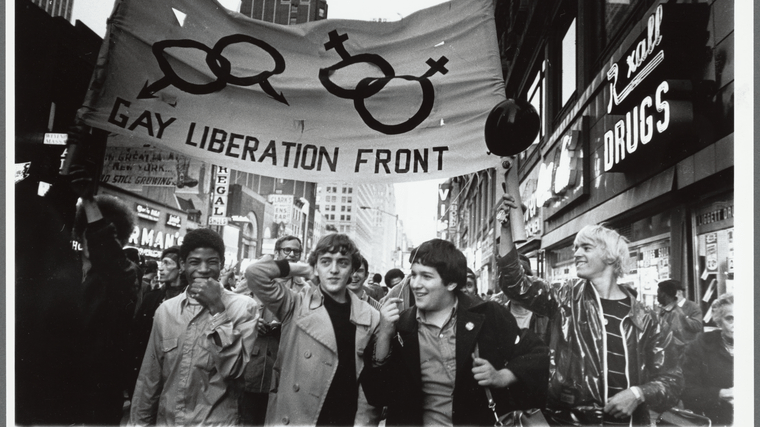
Pride Flags and Symbols
We all have seen the eight-striped pride flag. But did you know that it became a symbol of Pride only a decade after the Stonewall riots? Gilbert Baker got the assignment right when he and his team worked together to design a symbol for the LGBTQIA+ community, creating the now globally recognised ‘Rainbow flag’. Commissioned by Harvey Milk, a fellow activist, this flag first fluttered at San Francisco’s Pride Parade in 1978.
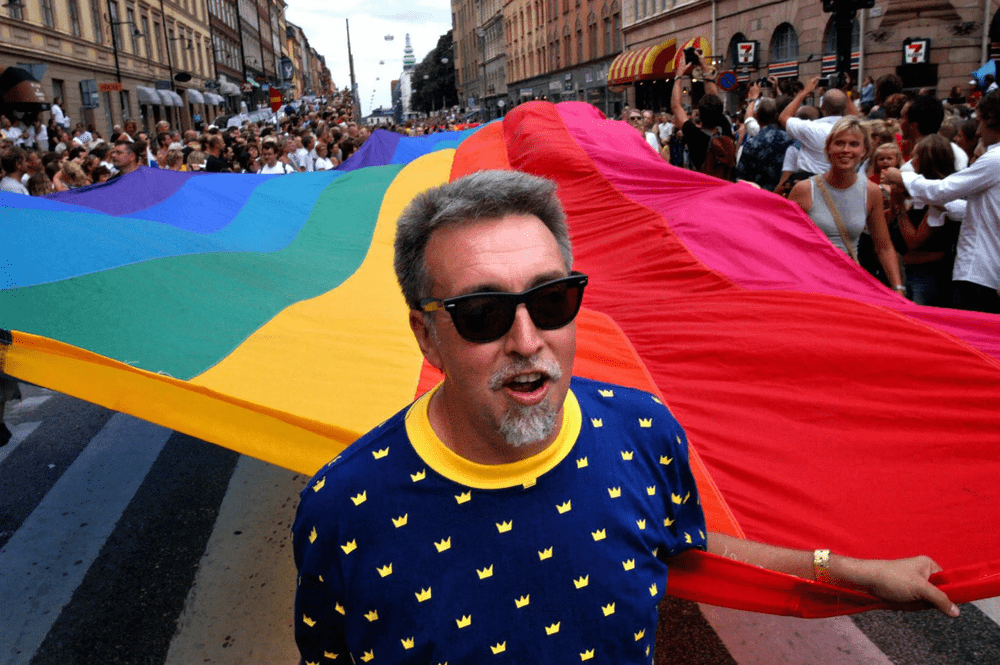
However, the Rainbow flag isn’t the only symbol of Pride. Each section of the LBGTQIA+ has a flag and its own sets of colours representing various concepts. Today there are more than 20 flags, along with other symbols, like the ‘pink triangle’ signifying the vastness of the community. The pink triangle which emerged as a symbol of identification of homosexual and transgender prisoners at the Nazi concentration camps, evolved into a symbol of pride among the LGBTQIA+ community in the 1970s.
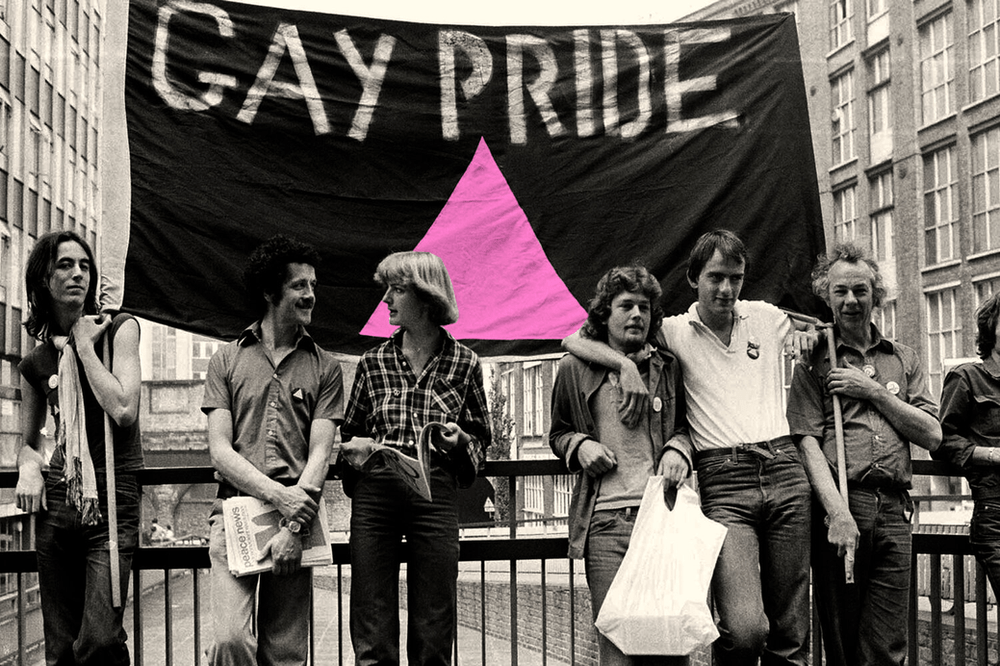
But before we move on, in case you’re curious about what each color of the rainbow flag stands for, here is a breakdown:
Hot pink: Sex
Red: Life
Orange: Healing
Yellow: Sunlight
Green: Nature
Turquoise: Magic
Blue: Harmony
Violet: Spirit
India and Pride Symbolism
While there may be some debate on whether homosexuality is a western influence, a glimpse into the past really helps in such cases. We see plenty of examples of homosexual relationships on the walls of Khajuraho temples, with carvings that depict people engaging in sexual acts with the same-sex. Such instances go beyond the ancient period. Religious scriptures and epics mention lesbian and gay characters—in Ramayana where Hanuman witnesses two women sharing an intimate moment, in Buddhism, there are mentions of same-sex relations, and so on. The Jain caves in India depict several imageries of homosexuality as well.
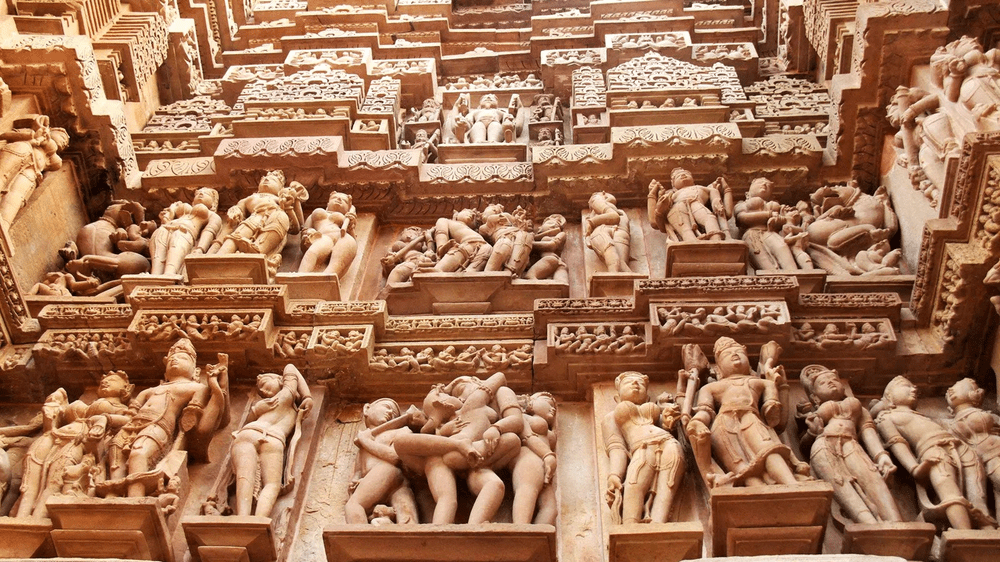
It is later in the Mughal commissioned art that we see canvases narrating the tales of homosexuality and non-binary gender identities painted rather boldly, with no inhibitions. This might hint at a society that was more fluid and open to relationships beyond the binary. So when did we start regressing? Well, that is something to ponder upon.
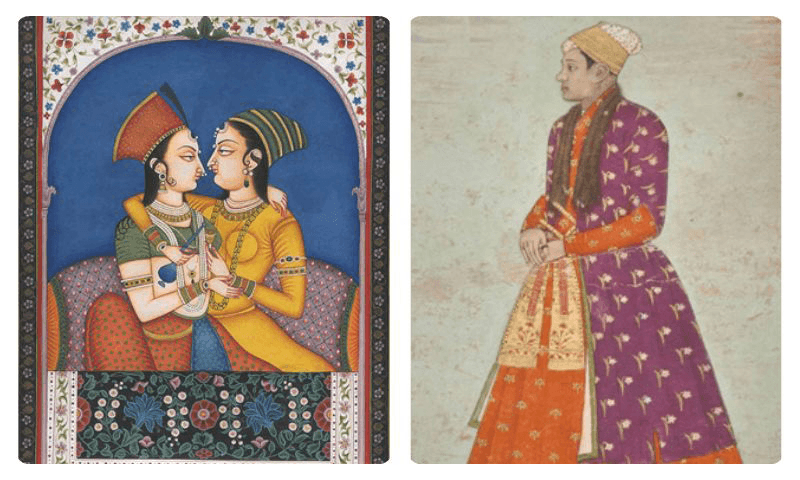
One of the artists who came out of the closet through his artworks was Bhupen Khakhar. Through his artworks, Khakhar often explored themes of homosexuality, boldly representing human relationships that went beyond the confinement of society. It was during one of his exhibitions that Bhupen came out as gay. Did it change his art? Certainly not. One of his most talked-about artworks, ‘Two Men in Benares’ was auctioned at 22 crores at Sotheby’s in 2019. Artists like him have supplemented the discussion of homosexuality being brought outside of the drawing-room.
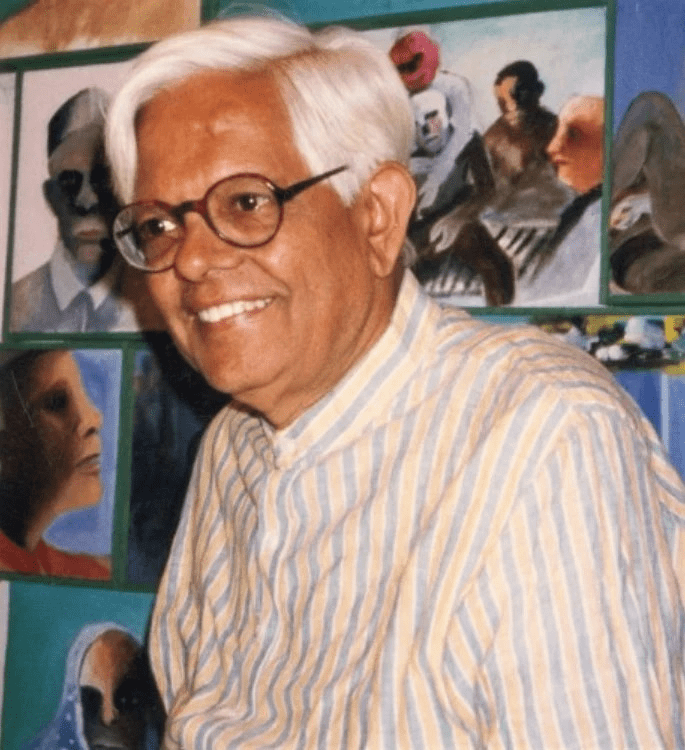
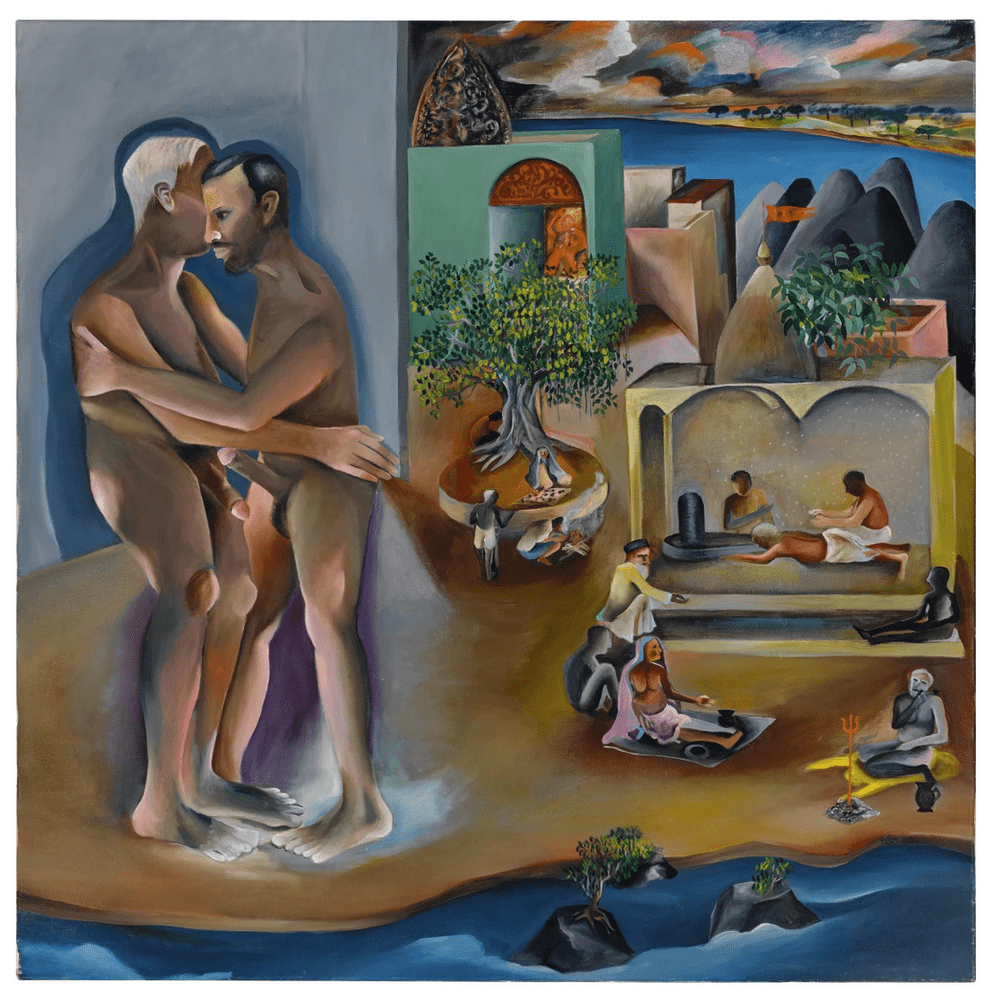
In the recent past, queer artists have found new ways to express themselves more freely. It is truly empowering to witness individuals coming out and existing in a society that judges them a little less. The stigma attached to your sexuality often determines how society perceives you and this is perhaps why no women were present at the first pride parade of India which was hosted in Kolkata. Although times have changed, we still carry remnants of this stigma.
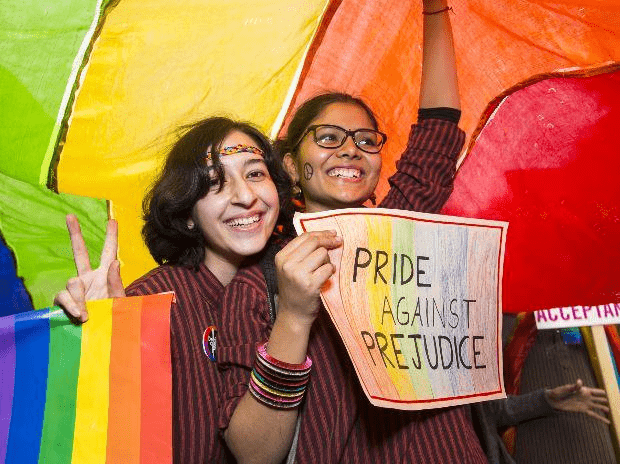
Decades after the Stonewall riots, it is still an ongoing effort to undo this and create a safe environment for people of all identities. This Pride Month, let’s get a little curious about how we might do this; let’s listen to what the community itself has to say. Tell us in the comments what you would like to read about next!




